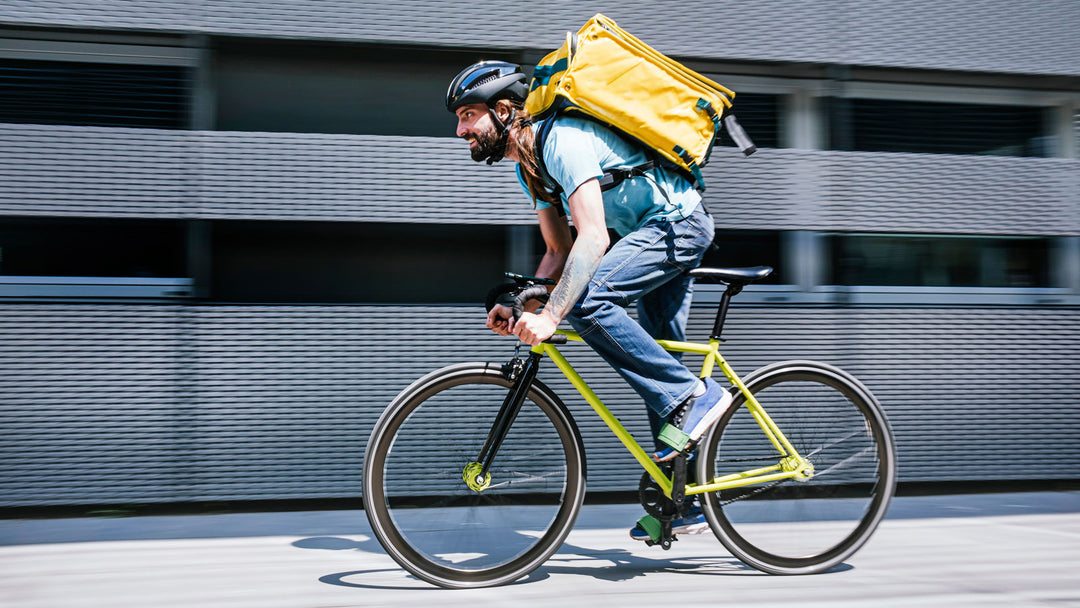Cycling the Silk Road: Historical Routes and Modern Tips
Cycling the Silk Road: Historical Routes and Modern Tips
Introduction
The Silk Road, an ancient network of trade routes that connected the East and West, offers a unique and exhilarating challenge for modern cyclists. This historical path stretches over thousands of miles, passing through diverse landscapes and cultures. In this blog post, we will explore the historical routes of the Silk Road and provide practical tips for cyclists planning this once-in-a-lifetime adventure.
Historical Routes of the Silk Road
The Eastern Beginnings
The Silk Road began in the ancient Chinese capital of Xi'an, winding through the Gobi Desert and reaching as far as the vibrant markets of Samarkand. Cyclists can start their journey here, tracing the steps of ancient traders and warriors.
Middle Segments: Central Asia
The heart of the Silk Road runs through what is now Kyrgyzstan, Tajikistan, and Uzbekistan. This section is known for its challenging mountain passes and stunning vistas, a true test of endurance and spirit.
The Western Stretch
Finally, the routes extend into the Middle East and Europe, ending in cities like Istanbul or Venice. This part of the journey offers a blend of European and Asian cultures, set against landscapes that have inspired travelers for centuries.
Modern Tips for Cycling the Silk Road
Preparation and Planning
- Research Thoroughly: Understand the political climate, cultural norms, and weather conditions of the regions you will pass through.
- Route Mapping: Plan your route carefully, considering your endurance levels and the terrain.
- Visas and Documentation: Ensure all your travel documents are in order, including visas for all the countries you will be crossing.
Gear and Supplies
- Bike Selection: Choose a durable, all-terrain bike that can handle both rough trails and paved roads.
- Packing Essentials: Pack light but include essential repair kits, spare parts, water purification systems, and appropriate clothing.
- Navigation Tools: Equip yourself with reliable GPS systems and physical maps.
Safety and Health
- Travel Insurance: Obtain comprehensive travel insurance that covers health, theft, and loss.
- Health Precautions: Get necessary vaccinations and carry a first-aid kit tailored to your medical needs.
- Stay Informed: Keep up-to-date with local news and weather forecasts to avoid any dangerous conditions.
Cultural Etiquette
- Respect Local Customs: Dress modestly and be respectful of local customs and traditions.
- Language Basics: Learn basic phrases in the languages of the countries you are visiting to ease communication.
Sustainable Travel
- Minimize Impact: Follow principles of Leave No Trace to preserve the environments you pass through.
- Support Local Economies: Engage with local businesses and communities financially to help sustain their economies.
Conclusion
Cycling the Silk Road is not just a test of physical endurance but also a profound cultural immersion. The journey offers a unique window into the past and a deeper understanding of the interconnectedness of human societies.
Final Thoughts
Whether you're a seasoned cyclist or a curious traveler, the Silk Road offers a challenging and enriching route. Prepare thoroughly, respect local cultures, and you are sure to have an unforgettable adventure.
> "The Silk Road is not a place, but a journey - a route that has connected cultures and people for centuries."
Call-to-Action
Ready to embark on this epic cycling journey? Start planning your adventure today, and discover the rich history and breathtaking landscapes of the Silk Road!






